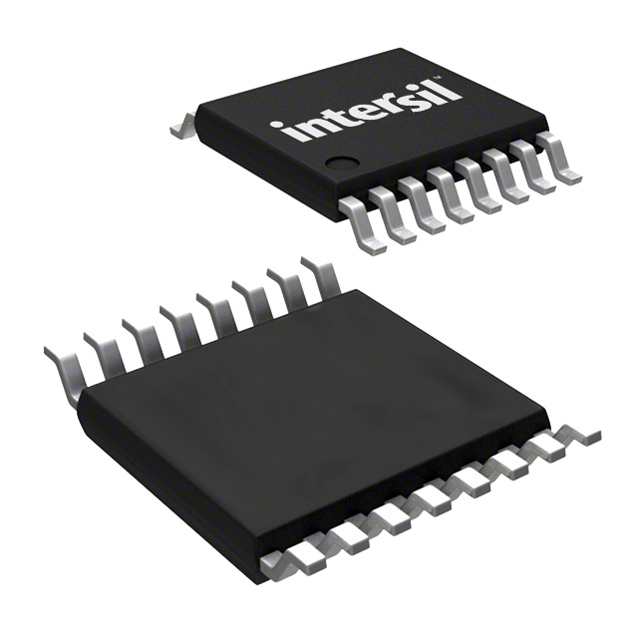
X9420YS16
ObsoleteIC DGTL POT 2.5KOHM 64TAP 16SOIC
Deep-Dive with AI
Search across all available documentation for this part.

X9420YS16
ObsoleteIC DGTL POT 2.5KOHM 64TAP 16SOIC
Deep-Dive with AI
Technical Specifications
Parameters and characteristics for this part
| Specification | X9420YS16 |
|---|---|
| Configuration | Potentiometer |
| Features | Selectable Address |
| Interface | SPI |
| Memory Type | Non-Volatile |
| Mounting Type | Surface Mount |
| Number of Circuits | 1 |
| Number of Taps | 64 |
| Operating Temperature [Max] | 70 °C |
| Operating Temperature [Min] | 0 °C |
| Package / Case | 16-SOIC |
| Package / Case [x] | 0.295 in |
| Package / Case [y] | 7.5 mm |
| Resistance - Wiper (Ohms) (Typ) | 40 Ohms |
| Resistance (Ohms) | 2.5 kOhms |
| Supplier Device Package | 16-SOIC |
| Taper | Linear |
| Temperature Coefficient (Typ) | 300 ppm/°C |
| Tolerance | 20 % |
| Voltage - Supply | 5 V |
Pricing
Prices provided here are for design reference only. For realtime values and availability, please visit the distributors directly
| Distributor | Package | Quantity | $ | |
|---|---|---|---|---|
Description
General part information
X9420 Series
The X9420 integrates a single digitally controlled potentiometers (XDCP) on a monolithic CMOS integrated microcircuit. The digitally controlled potentiometer is implemented using 63 resistive elements in a series array. Between each element are tap points connected to the wiper terminal through switches. The position of the wiper on the array is controlled by the user through the SPI bus interface. The potentiometer has associated with it a volatile Wiper Counter Register (WCR) and 4 nonvolatile Data Registers (DR0:DR3) that can be directly written to and read by the user. The contents of the WCR controls the position of the wiper on the resistor array through the switches. Power-up recalls the contents of DR0 to the WCR. The XDCP can be used as a three-terminal potentiometer or as a two-terminal variable resistor in a wide variety of applications including control, parameter adjustments, and signal processing.
Documents
Technical documentation and resources


